В монографии изложены результаты экспериментальных и теоретических исследований статических свойств и динамической перестройки доменных структур в железокремнистых электротехнических сталях. Приведены данные о влиянии на них материальных и геометрических факторов, внешних переменных и статических магнитных полей, внешних напряжений и температуры. Описаны процессы стабилизации доменных структур и известные способы ее дестабилизации. Прослежено влияние квазистатического и динамического поведения доменных структур на важнейшие магнитные свойства электротехнических сталей.
Монография предназначена для специалистов в области исследования магнитных материалов.






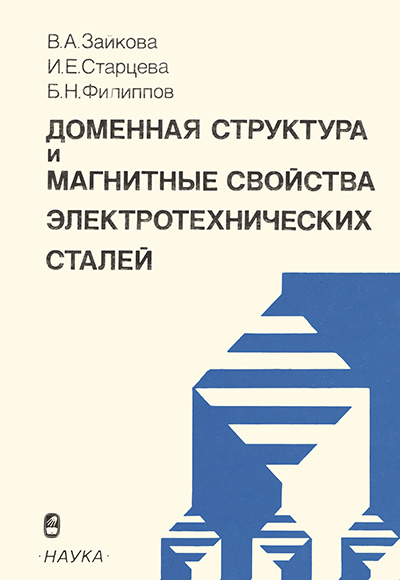
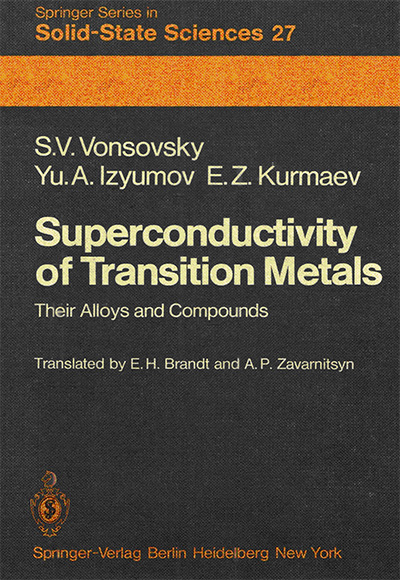
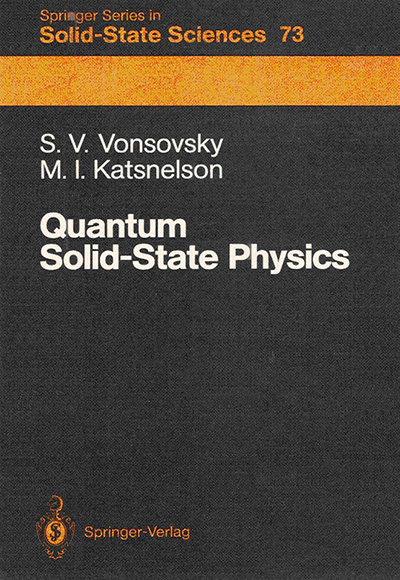
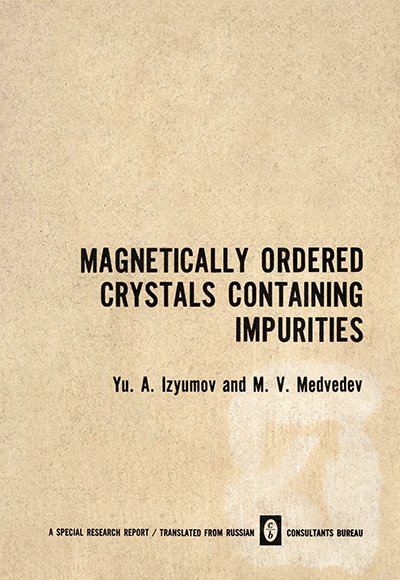


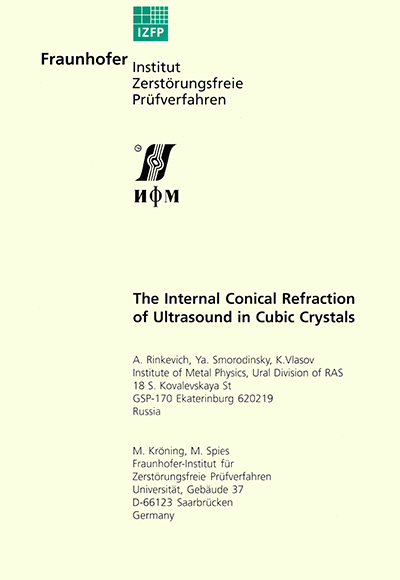
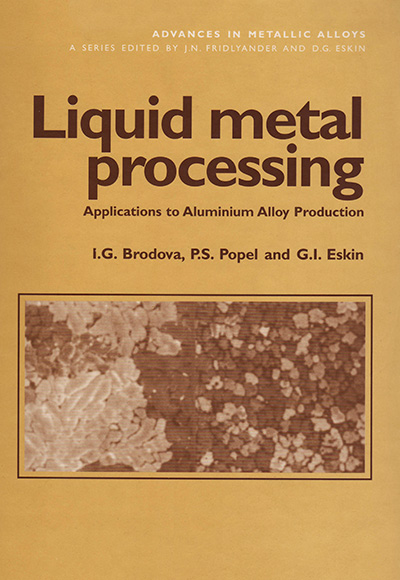
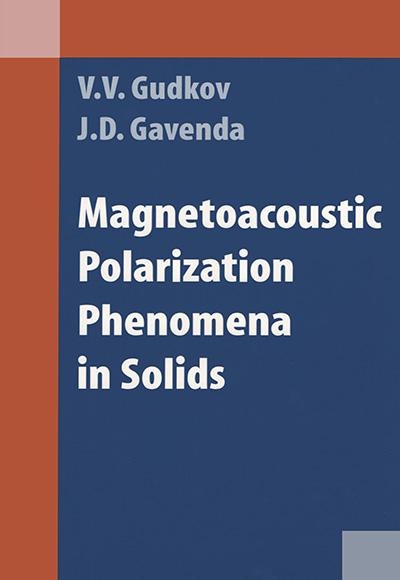
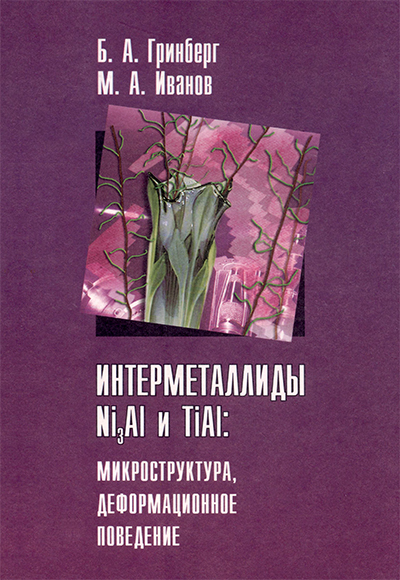

 Телеграм канал
Телеграм канал Группа Вконтакте
Группа Вконтакте